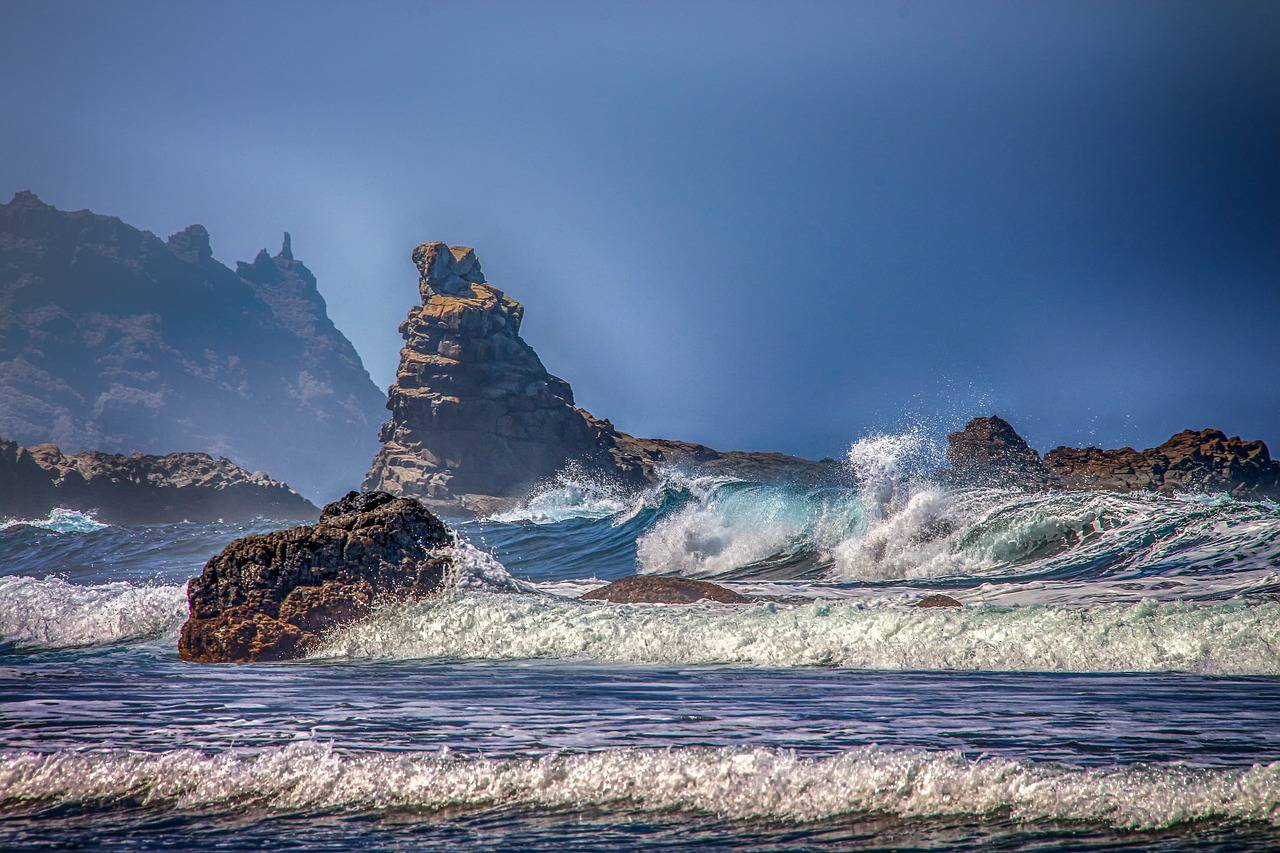Let us tell you that Spain never ceases to amaze you. It is a beautiful country with breathtaking natural assets and stunning landscapes, from the imposing, dramatic mountains to the many shimmering beaches that border its coastlines.
Did you know that Spain boasts thousands of beaches along its more than 5,000 kilometers of coastline? No matter where you go in Spain, a beach is always nearby. There is a beach for everyone, from hidden, secluded coves to well-known tourist resorts, and with more than 300 days of sunlight annually, the weather is a sheer joy! There is no longer any justification because this lovely nation has the most significant number of beaches with the blue flag.
The incredible cuisine available in Spain is undoubtedly one of the country's highlights for many visitors. There are many exotic foods at eateries that will tempt your taste buds because Spanish cuisine is renowned for being delicious, nutritious, and full of flavor.
The country's vivacious capitals are home to Michelin-starred eateries and buzzing tapas eateries, while small-town cafés and restaurants serve hearty, homemade delicacies like paella, crab stew, and chorizo. Barcelona is particularly well known for its traditional tapas eateries. Barcelona's winding streets are lined with hundreds of unique restaurants serving a wide selection of delectable tapas. You will enjoy a true, local experience if you spend the evening dining off the beaten path in a neighborhood tapas bar!
The third-largest volcanic structure in the world, Mount Teide, is located there. There is a breathtaking landscape if you want to trek to the top, but if you do not want to risk getting blisters, there is also a cable car that will take you there. Tenerife is home to this volcanic peak with a rough, craggy topography. In addition, it features 200 miles of shoreline that are home to a great assortment of flora and fauna.
Spain has some incredibly beautiful cities, from Madrid and Barcelona to Valencia and Seville. Madrid and Barcelona, two vibrant cities, are well-known worldwide for their bustling arts and cultural scenes, delicious cuisine, amazing museums, and great shopping possibilities. Seville is another outstanding Spanish city that provides tourists with a wealth of cultural experiences, including flamenco dancing and historical architecture. Salamanca's bustling old-world city charm is a hidden gem and one of our top choices.
Since there are so many possibilities, you will just have to see them all because it is difficult to decide!
Spain has a rich and diverse history, with a legacy that dates back to prehistoric times.
Pre-Roman period: Spain was inhabited by various groups, such as the Iberians, Celts, and Tartessians, before the arrival of the Romans in 218 BC.
Roman period: The Romans conquered Spain and established a province called Hispania Romana. The Romans helped shape the country’s landscape and culture as they built many cities and infrastructure projects, including aqueducts, roads, and bridges.
The Visigothic period: After the fall of the Roman Empire, the Visigoths established a kingdom in Spain. They were known for their architectural and artistic achievements.
Moorish period: Muslim armies from North Africa invaded Spain and established a Muslim state known as Al-Andalus in 711 AD. The Moors brought a rich cultural and intellectual tradition to Spain, including science, philosophy, and art.
Reconquista: In the 11th century, Christian kingdoms in northern Spain began a campaign to reconquer the country from the Moors. The process took several centuries, and ended with the fall of Granada in 1492.
Age of exploration: Spain became a major world power during the 16th century, thanks to its explorers, who discovered new territories and brought wealth and prestige to the country. This period also saw the rise of Spanish art, literature, and architecture.
20th century: Spain underwent significant political and social changes in the 20th century, including the Spanish Civil War (1936-1939), which was followed by a period of dictatorship under General Francisco Franco. After Franco's death in 1975, Spain transitioned to a democratic government, which has overseen significant economic and social development in the country.
Today, Spain is known for its rich cultural heritage, including its architecture, art, music, and cuisine. Its history has left a lasting imprint on the country's identity and continues to influence its traditions and way of life.
A. Some of the top tourist attractions in Spain in 2023 are:
The Alhambra and Generalife Gardens
Sagrada Familia and Gaudi Sites
The Great Mosque of Cordoba
The Prado and Paseo del Artes
San Lorenzo de El Escorial
Seville Cathedral and Alcazar
Guggenheim Museum
A. The best time to visit Spain is from March to May and from September to November.
A. The official currency of Spain is the euro.
A. Cadaqués is a picturesque town known for its white-washed houses, scenic beaches, cobblestone streets, and quiet coves.
A. You’ll need at least 7-10 days of time to explore the main attractions and major cities of Spain.
A. Most cities are well connected by trains, buses, and flights in Spain.
Rental car service is also available.
 Best time to visit
Best time to visit Language Spoken
Language Spoken Weather
Weather